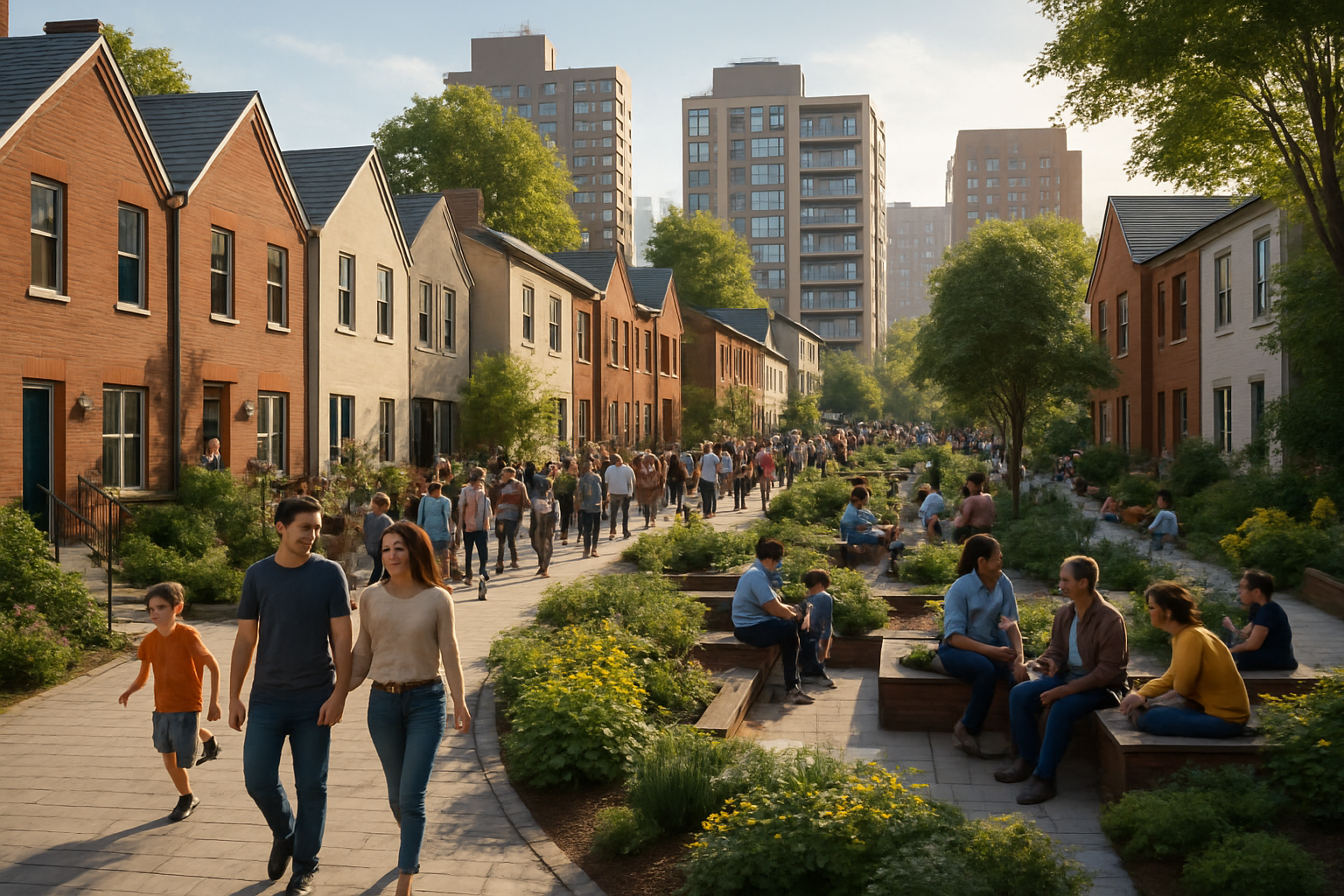The Quiet Revolution of Ambient Socializing
In an age of digital overload and constant connectivity, a subtle shift is reshaping how we interact. Ambient socializing, a phenomenon where people share spaces without direct engagement, is gaining traction. This nuanced form of social connection is redefining community bonds and challenging traditional notions of interaction. Read below to explore this intriguing trend and its profound impact on modern society.

The Roots of Ambient Socializing
Ambient socializing isn’t entirely new – it has roots in traditional public spaces like town squares and marketplaces. However, its current incarnation is shaped by modern challenges. The rise of remote work, increasing urban density, and the paradoxical loneliness of the digital age have all contributed to its growing appeal. Sociologists point to a collective desire for connection that doesn’t demand constant attention or energy expenditure.
The Psychology Behind the Trend
Research in social psychology suggests that ambient socializing fulfills a fundamental human need for belonging without the cognitive load of active social engagement. Studies have shown that the mere presence of others, even without direct interaction, can reduce stress levels and increase feelings of security. This phenomenon, known as social baseline theory, posits that humans are inherently wired to draw comfort from the proximity of others.
Spaces Designed for Ambient Connection
The built environment is adapting to accommodate this shift in social behavior. Architects and urban planners are increasingly designing spaces that facilitate ambient socializing. These include expansive lobbies in residential buildings, reimagined public libraries, and innovative park designs that encourage coexistence without forced interaction. The goal is to create environments that foster a sense of community while respecting individual autonomy.
Technology’s Role in Ambient Socializing
Counterintuitively, technology is playing a significant role in facilitating ambient socializing. Apps that allow users to share their location or activity status without direct communication are on the rise. These platforms create a sense of ambient awareness – knowing others are engaged in similar activities nearby can provide a comforting sense of companionship without the need for constant messaging or updates.
The Impact on Mental Health and Well-being
Mental health professionals are taking note of the potential benefits of ambient socializing. For individuals struggling with social anxiety or those who find traditional social interactions draining, this form of low-pressure socializing can be a valuable stepping stone. It allows for gradual exposure to social environments without the immediate stress of direct engagement. However, experts caution that it shouldn’t entirely replace more direct forms of social interaction, which remain crucial for deep emotional connections.
Cultural Variations in Ambient Socializing
The manifestation of ambient socializing varies across cultures. In Japan, for instance, the concept of ibasho – a place where one feels at home – has long embodied principles of ambient socializing. Scandinavian countries, with their tradition of hygge, also embrace forms of cozy, low-key togetherness. As the trend globalizes, it’s taking on unique characteristics in different cultural contexts, reflecting local values and social norms.
Challenges and Criticisms
Despite its growing popularity, ambient socializing is not without its critics. Some sociologists worry that it may lead to a further erosion of deep social bonds, replacing meaningful interactions with superficial proximity. There are also concerns about the potential for these spaces to become exclusionary, catering primarily to certain demographic groups while inadvertently pushing others to the margins.
The Future of Social Interaction
As we look to the future, ambient socializing is likely to play an increasingly significant role in how we conceive of community and social connection. Urban planners and policymakers are beginning to consider its implications for public space design and community health. The challenge lies in balancing the benefits of ambient socializing with the need for diverse and inclusive social environments that foster genuine human connection.
In conclusion, ambient socializing represents a nuanced evolution in human interaction, reflecting our complex relationship with community in the modern age. As we navigate the tensions between connectivity and solitude, this trend offers a middle path – a way to feel part of a larger whole without sacrificing personal space and autonomy. Its rise invites us to reconsider what it means to be social and challenges us to create spaces and technologies that support this new form of togetherness.





